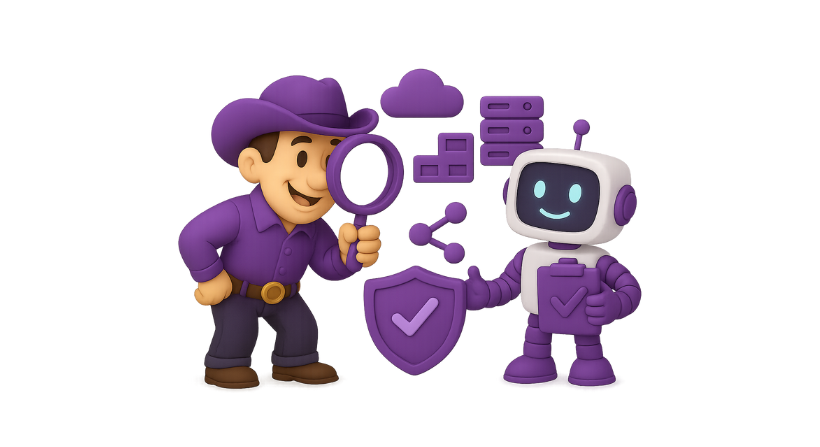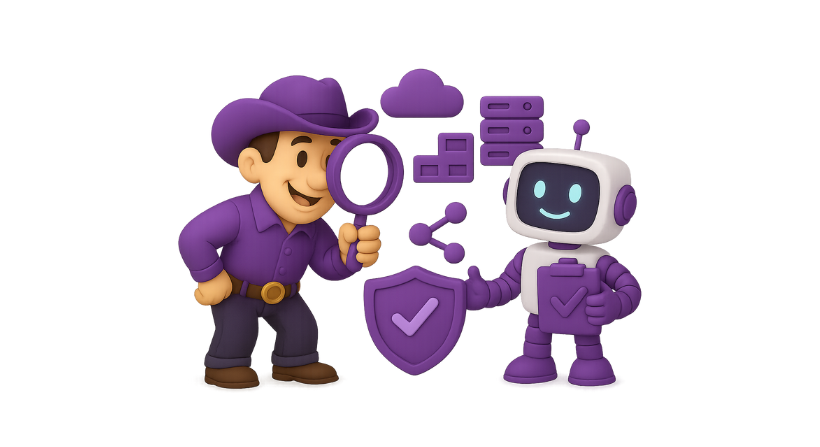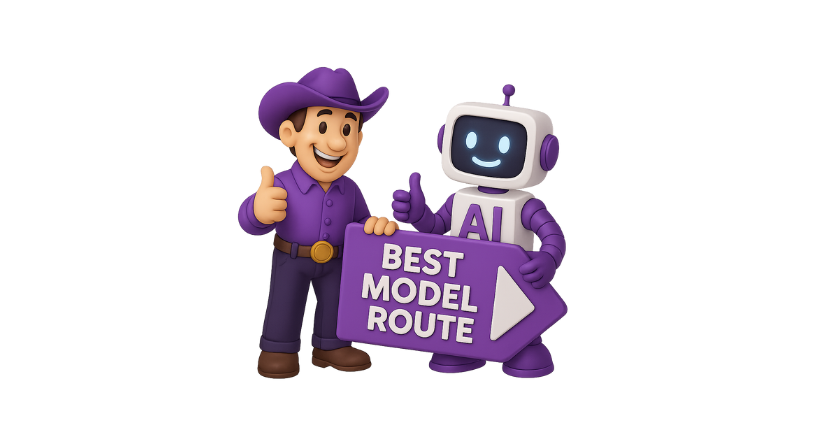As more companies build with AI, one challenge becomes clear: keeping track of how teams and projects use AI models. Whether it is OpenAI, Claude, or Gemini, all of these tools rely on APIs. And with API use comes cost, risk, and the need for control.
When AI usage is small, it is easy to manage. One or two developers use a shared API key, and the spend stays low. But as teams grow and more features rely on large language models, costs rise fast. And without clear monitoring, things get messy.
Understanding AI API usage is no longer optional. It is the key to staying in control, avoiding surprise bills, and making AI safe and scalable for your business.
In this blog, we will explore why monitoring AI API usage matters, the common problems teams face, and a clear plan to track usage across teams and projects the right way.
Why AI API Usage Monitoring Matters
APIs are how teams connect to AI models. Each time someone sends a prompt or receives a response, that counts as usage. Most providers charge based on how many tokens are used.
The problem is simple: if you don’t track usage, you can’t manage it. This leads to many issues:
- You don’t know who is using which model
- You don’t know which project is responsible for costs.
- You can’t catch bugs or misuse until it’s too late.
You have no idea how to plan or budget
This creates stress for engineering, finance, and leadership teams. API usage is treated like a black box, and fixing problems becomes slow and expensive.
By monitoring AI API usage clearly, you can solve these issues before they start.
Quick link: AI Cost Optimization for AI Teams
Common Monitoring Challenges
Many teams face the same problems when trying to track AI API usage:
1. Shared API Keys
When multiple apps and teams use one API key, you can’t tell who used it or why. If usage spikes, there’s no way to trace it.
2. Lack of Cost Attribution
Finance teams can’t assign spend to the correct department. This makes budgeting and internal chargebacks impossible.
3. No Real-Time Alerts
If something breaks or usage jumps, you only find out after the invoice arrives. By then, it’s too late.
4. Poor Prompt Visibility
Some prompts use far more tokens than needed. But without monitoring, these wasteful prompts keep running.
5. Manual Work
Teams try to fix the problem with spreadsheets and scripts. These are hard to maintain and often outdated.
If you recognise these problems, you’re not alone. Many growing AI teams face them. The good news is, there’s a better way.
How to Monitor AI API Usage the Right Way
Let’s walk through a simple and effective way to track AI API usage across teams and projects. This process works for both startups and large enterprises.
1. Use Scoped API Keys
Instead of sharing one API key across your whole team, give each team or app its own scoped key. These keys are tied to a group or project.
This way, you can see exactly which part of your company is using which key. If something goes wrong, it’s easy to trace the source.
Scoped keys also let you limit access and set budgets per team.
2. Set Up Real-Time Dashboards
A real-time dashboard should show you:
- API calls by team, app, or user
- Token usage per model
- Spend over time
- Errors and retries
- Prompt performance
With this data, your team can act quickly. If one app starts using too many tokens, you can stop it. If a team’s cost doubles, you can find out why.
Dashboards make it easy to manage usage daily without waiting for the monthly bill.
3. Group Usage by Projects or Products
Use a flexible system to group usage by product, department, or initiative. This helps when teams use many apps, models, or environments.
These groups should reflect how your business works. For example:
- Product A: Marketing tool
- Product B: Customer support
- Internal AI R&D
Each group should have its own tracking and limits. This makes it easier to budget, assign ownership, and report to leadership.
4. Monitor Prompts and Model Routing
Some prompts use too many tokens. Others use the wrong model for the task. You should track:
- Average tokens per prompt
- Model choice (e.g. GPT-4 vs GPT-3.5)
- Retry rates and latency
With this data, you can find and fix problems like:
- Prompts with repeated or unneeded instructions
- Tasks using expensive models when cheaper ones work
- Systems retrying prompts too many times
This leads to better performance and lower costs.
5. Set Alerts and Spend Caps
To protect your budget, you need alerts and caps. These should warn you when:
- A key or group is close to its limit
- A sudden spike in usage happens
- Monthly spend is nearing budget
Caps can stop usage when limits are reached, keeping your company safe from large surprise bills.
Quick link: Top 7 Metrics to Watch in Your AI Operations Dashboard
WrangleAI: The Easiest Way to Track AI API Usage
If all of this sounds hard to build, that’s where WrangleAI comes in.
WrangleAI is the control platform for AI usage and cost. It helps teams track, manage, and optimise AI API usage across models, teams, and projects.
With WrangleAI, you can:
- Create scoped API keys for each team or app
- Track token usage, cost, and latency in real time
- Group usage by product, team, or business unit
- Set budgets, alerts, and spend caps
- Monitor prompts and routing efficiency
- Support multiple providers like OpenAI, Claude, and Gemini
Whether you’re a small team or a large enterprise, WrangleAI helps you stay in control without slowing down.
If you’re ready to monitor your AI API usage the right way, request a free demo today.
Final Thoughts
As AI becomes part of how companies work, managing API usage is no longer optional. Without tracking, costs grow fast and teams lose control.
But with the right tools and practices, you can:
- Know who is using what
- Control your spend
- Improve model usage
- Protect your business
Start by using scoped keys, dashboards, and spend caps. Review usage often and fix prompt waste. And if you want a platform to handle it all, try WrangleAI.
It’s time to stop guessing and start governing your AI API usage.
FAQs
Why is it important to track AI API usage?
Tracking AI API usage helps teams control cost, spot errors, assign ownership, and avoid budget surprises. It’s key for scaling AI safely.
What is a scoped API key?
A scoped API key is tied to a specific team, app, or project. It allows for separate tracking, limits, and access control—unlike shared keys.
How does WrangleAI help with AI API usage?
WrangleAI offers real-time tracking, grouped usage, scoped keys, spend caps, and routing tools to manage AI API usage across teams and models.




